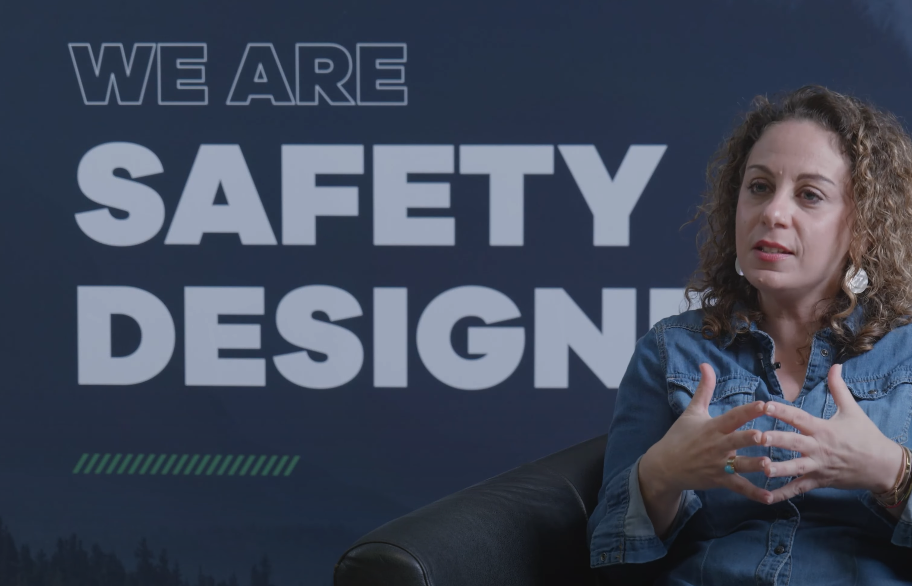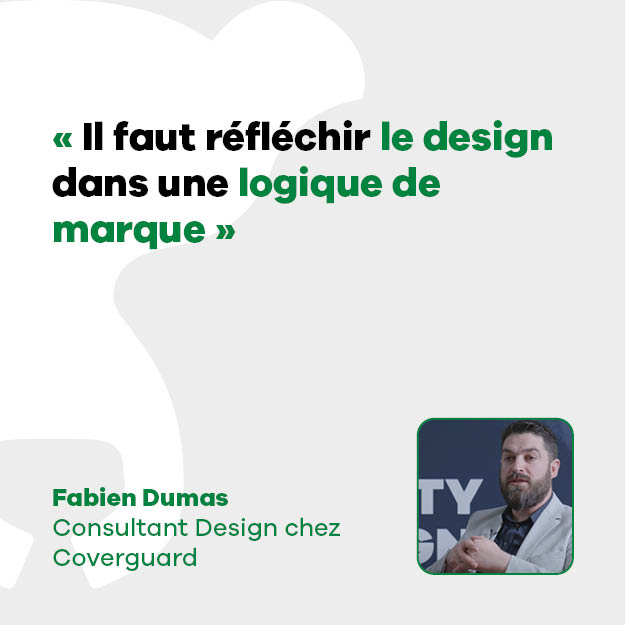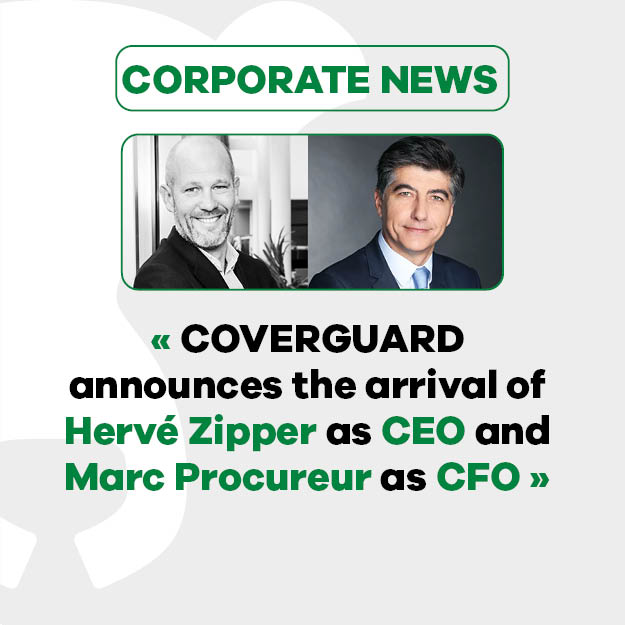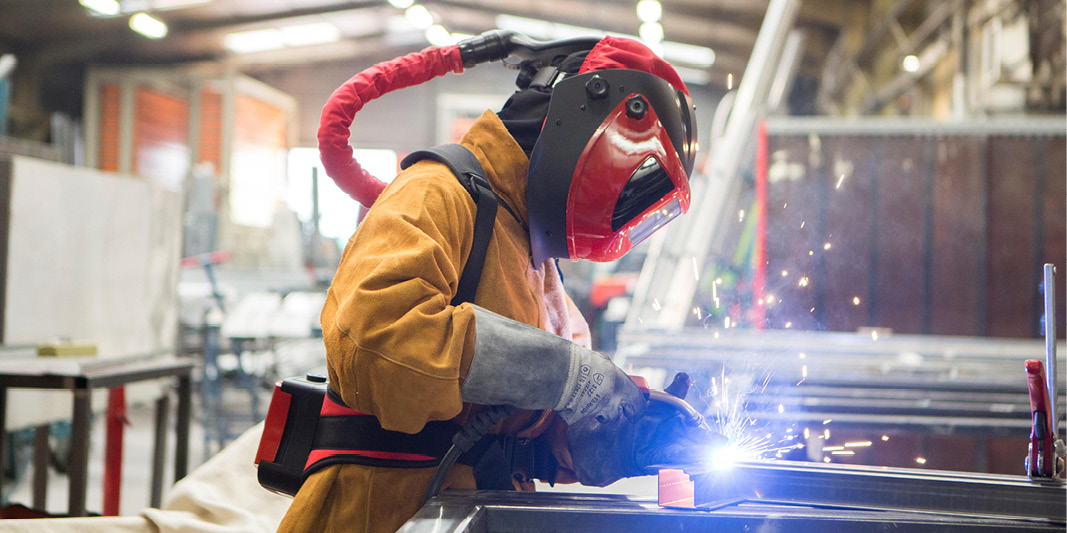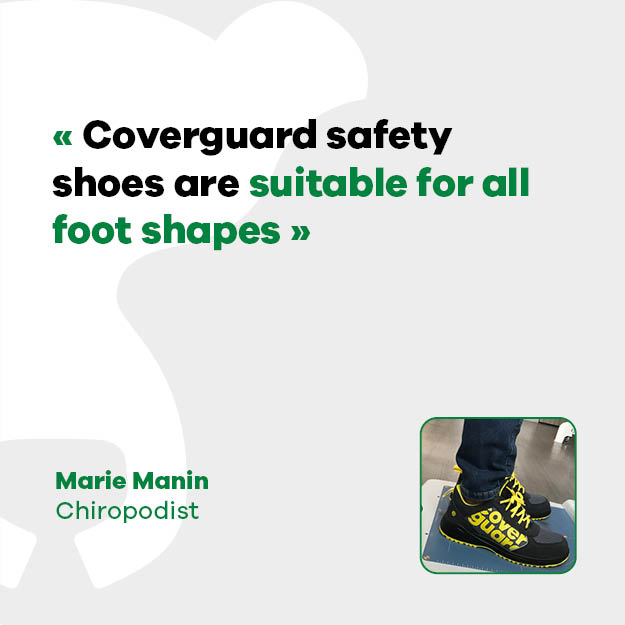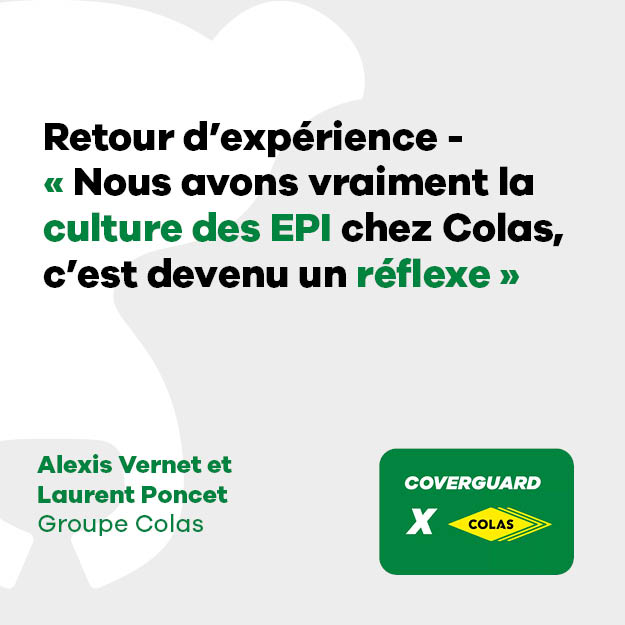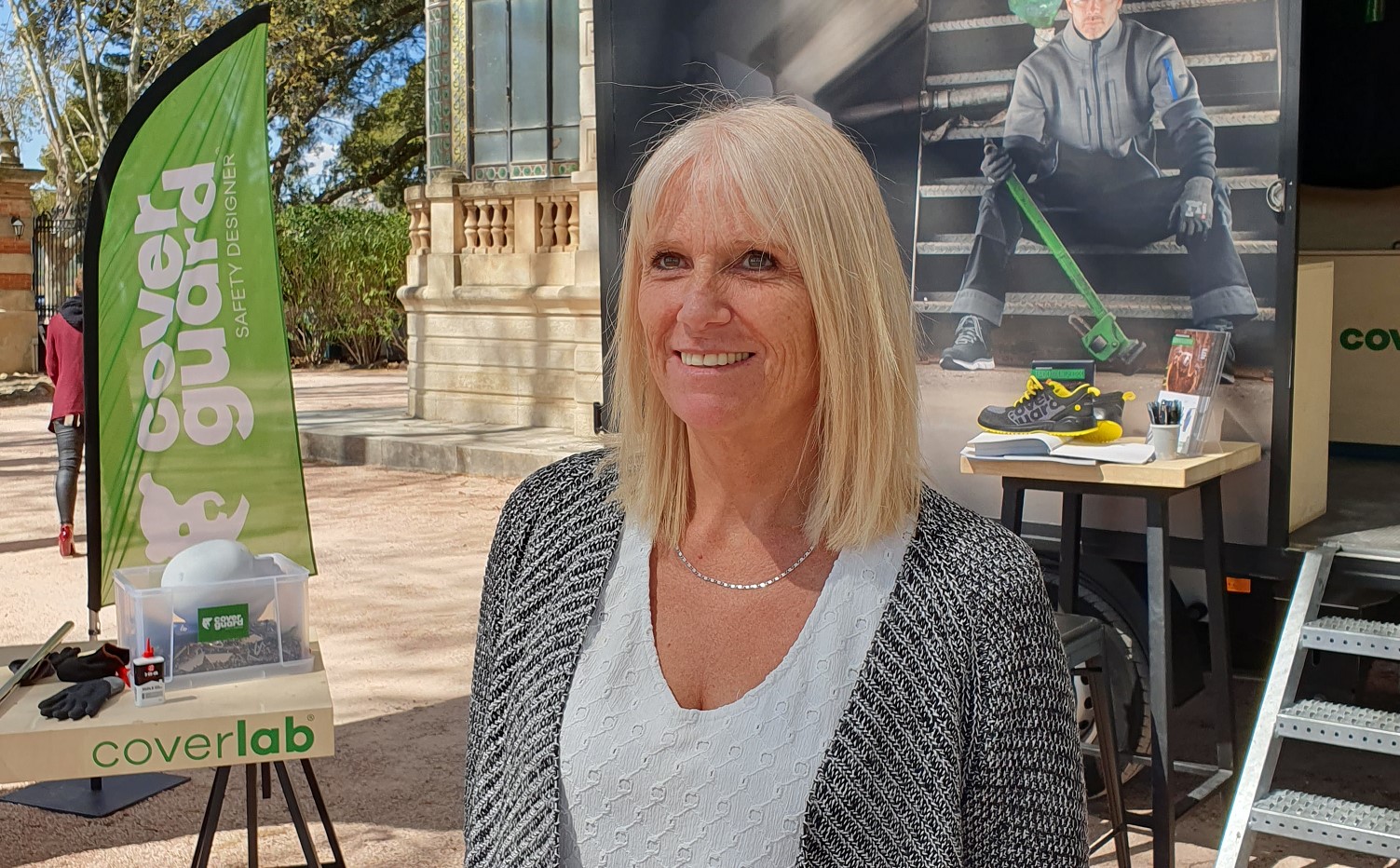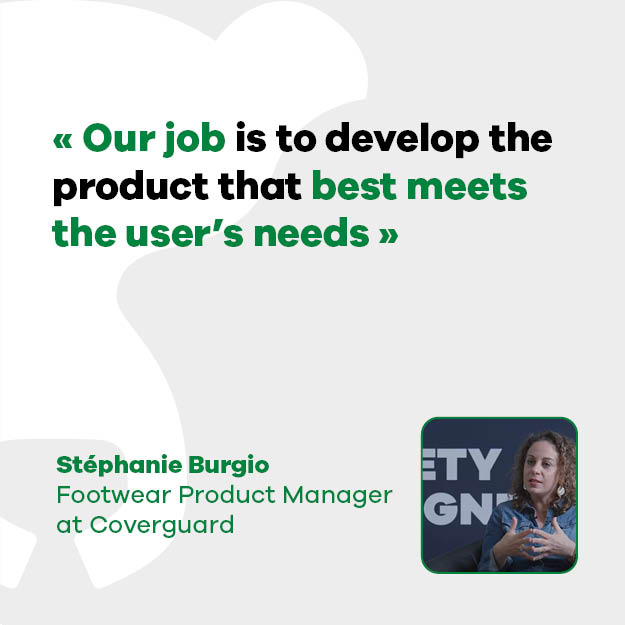
Stéphanie Burgio, Footwear Product Manager: "Our job is to develop the product that best suits the user's needs"
Can you introduce yourself and tell us what is your job?
I am Stéphanie Burgio, Footwear Product Manager at Coverguard. My mission is to monitor the market and the technology in order to offer our customers products that are as comfortable as possible and adapted to their needs.
What is the starting point of the creation process?
One of the key stages in the product development process is the feedback from the users of our products, who will test them and use them in real conditions. We can then gather panels of users, and what is very interesting in the process is that for the same use, let's take a landscaper for example, 2 or 3 users will agree on certain points, for example: "we need a shoe that is very robust, resistant to leaves and branches"; but they will also differ, on the sole (more or less flexible), the protection of the ankle (more or less important).
Our job is to converge, to sort out the information, in order to develop the product that is most in line with the most common use, and that will meet the needs of the greatest number of people in a specific function.
What is a "product specification"?
The specification is really the fundamental element in the development of a shoe and a sole. It is really the sketch of the product that we are going to propose to our user.
Of course it must define the use, i.e. Do I develop an outdoor shoe for construction? Or for other uses?
If I take this example, the outdoor shoe, we will try to have products with a defined heel, with shaped cleats which will evacuate the mud. We're going to define for what type of job we're going to develop a shoe, and then we're also going to focus on the technical aspect: what type of density? What type of material for the sole? Do I want resistance and have a PU/RUBBER sole? Will it be 2D PU? EVA Rubber?
It is at the time of the specifications that we will define the type of sole, the type of hardness, the type of density. We will also draw up a sketch, the persona of our user, we will project him in his use, but we will project ourselves thanks to the user meetings and tests that we will have carried out beforehand.
And finally, this sketch will really draw the future shoe, the shoe that the user will have 1 or 1.5 years later, depending on the certification deadlines.
Does Coverguard work with medical experts?
As part of the development of shoes and insoles, we use a stabilometry device, which allows us to study posture, because it allows us to study the body's lines of gravity in great details. And by working with the podiatrist, we will be able to study whether our shoe is well adapted to the best posture in relation to a use, and to select materials which will be appropriate, as well as to position the good materials in the insole so that it is perfectly adapted to the shoe in a global way, and to the wearers in the context of its use
What do you like about this job?
One of the most gratifying elements of this job is that you really start with a blank sheet of paper and after a year and a half, you have a product. And this product that you hold in your hands is finally worn.
And what is very pleasant is when we meet users, two years after having initiated a product development, and the user tells us "I feel good in the shoe, I don't slip, it is comfortable...". That's when we say to ourselves that we have a great job!









